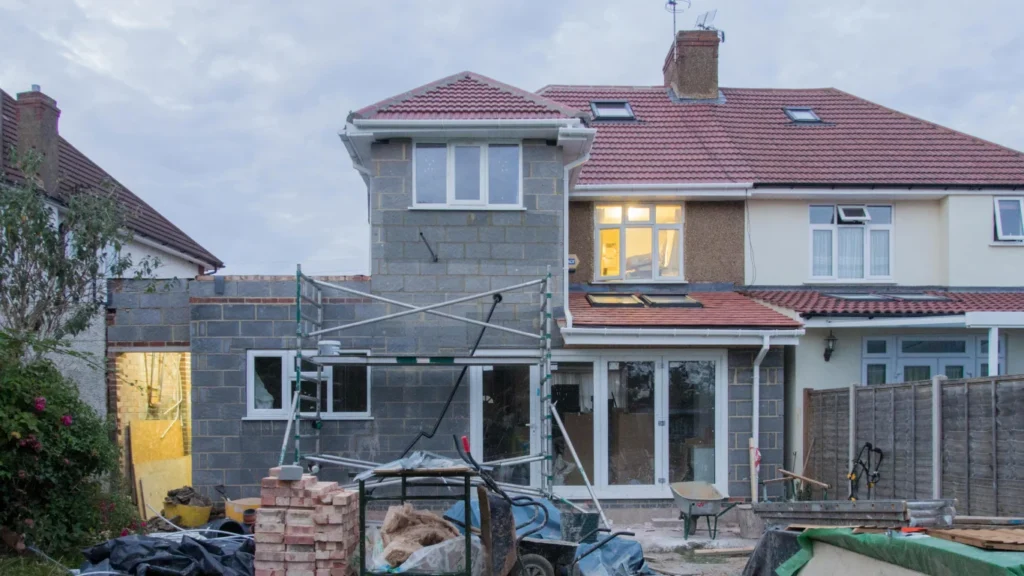Home renovation is both exciting and challenging, especially for homeowners seeking to improve functionality, style, and property value. If you are wondering how to start home renovations homenumental, the key lies in creating a clear plan before swinging the first hammer. Proper planning ensures that your renovation stays within budget, improves living comfort, and ultimately increases resale potential. Whether it is a small bathroom upgrade or a complete home transformation, understanding the step-by-step process makes the journey smoother.
This comprehensive guide will walk you through every stage of home renovation, from initial planning to execution and finishing touches. By following this structured approach, you’ll gain the confidence to manage projects effectively, avoid costly mistakes, and achieve your dream living space. Renovation is more than just upgrading a property—it’s about creating a personalized environment that enhances your lifestyle. Let’s dive into the process and explore how you can transform your house into a modern, functional, and beautiful home.
Understanding the Purpose of Renovation
Before starting any project, it’s essential to define the purpose of your renovation. Are you renovating to increase property value, improve comfort, or create more space? By identifying your goals, you can prioritize projects that deliver the greatest benefits while aligning with your budget.
Some homeowners renovate to prepare their property for sale, focusing on kitchens, bathrooms, and curb appeal. Others remodel to accommodate growing families, modern lifestyles, or energy efficiency improvements. Knowing your purpose ensures that every decision contributes toward achieving your long-term vision.
Setting a Realistic Budget
Budgeting is one of the most crucial aspects of home renovation. Without a clear financial plan, costs can quickly spiral out of control, leaving projects incomplete. A detailed budget should account for materials, labor, permits, design fees, and emergency reserves.
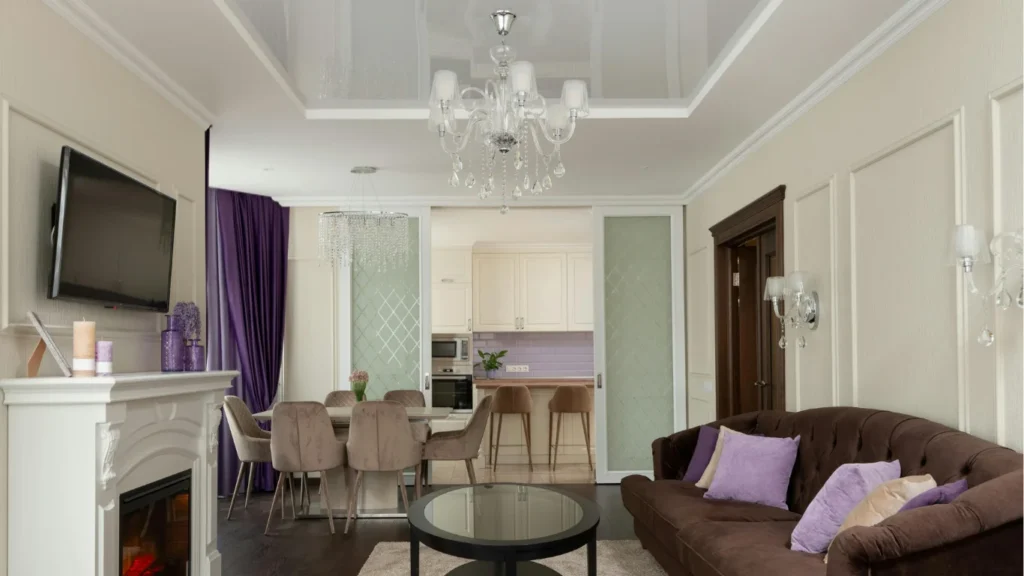
Experts recommend setting aside at least 10–15% of your total budget for unexpected expenses. For example, hidden water damage, electrical issues, or structural repairs often arise during renovations. With a well-prepared budget, you’ll reduce stress and ensure smooth progress throughout the project.
Researching and Gathering Inspiration
Every successful renovation starts with research and inspiration. Take time to explore design ideas online, visit home improvement stores, or consult magazines that feature before-and-after transformations. Inspiration boards or digital mood boards help you visualize colors, layouts, and finishes.
Websites like Pinterest, Houzz, and Instagram provide endless design ideas tailored to different budgets and tastes. Gathering inspiration also helps you communicate better with contractors and designers, ensuring they understand your vision. This step sets the foundation for a cohesive and stylish renovation outcome.
Creating a Renovation Plan
Once you know your goals and have collected inspiration, it’s time to create a renovation plan. This plan should outline the scope of work, timelines, and the order of projects. For example, structural changes should always be completed before cosmetic updates like painting or decorating.
A strong plan also prevents overlapping tasks and wasted labor costs. For instance, there’s no point in installing new flooring before completing plumbing or electrical work. By carefully sequencing each stage, you’ll save time and avoid unnecessary rework.
Choosing the Right Professionals
Hiring the right professionals is critical to the success of your renovation. Depending on the project’s size, you may need architects, interior designers, general contractors, or specialized tradespeople like plumbers and electricians. Take the time to check credentials, licenses, and customer reviews.
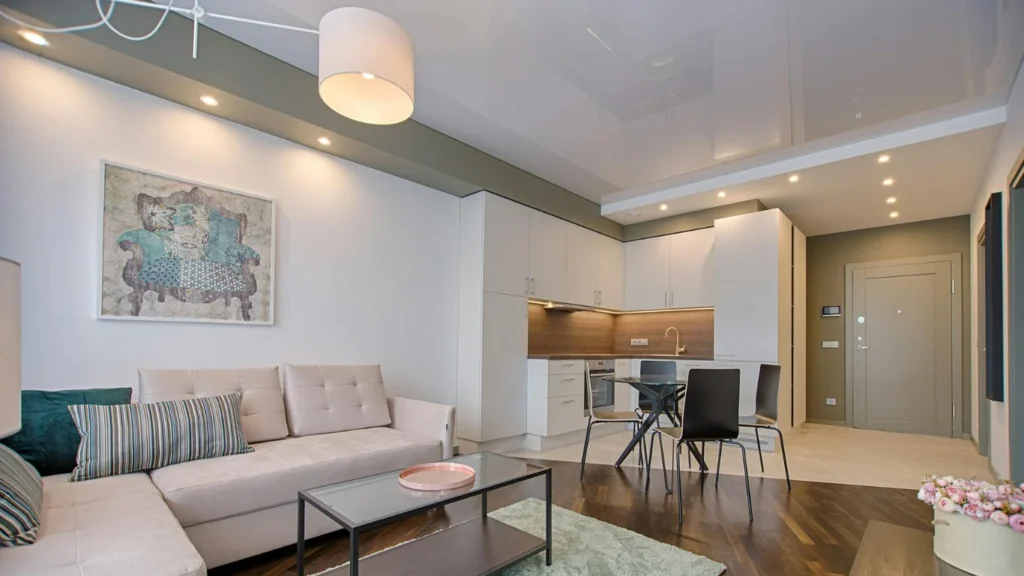
Always request multiple quotes to compare pricing and services. A reliable professional should provide clear contracts, timelines, and warranties for their work. Remember, quality professionals may cost more initially but save money long term by avoiding costly mistakes.
Securing Permits and Legal Approvals
Many renovation projects require permits to ensure safety and compliance with local building codes. For example, structural changes, electrical upgrades, and plumbing modifications often need official approval. Starting without permits could result in fines, delays, or problems when selling your home.
Check with your local municipality to understand the specific permits required. In some cases, your contractor will handle permit applications on your behalf. Obtaining the proper approvals upfront ensures your renovation is both legal and safe.
Demolition and Preparation
Demolition is the first physical step in most home renovations. This phase involves removing old fixtures, flooring, or walls to prepare the space for new construction. Proper preparation ensures that the upcoming work is smooth and efficient.
It’s important to handle demolition carefully, especially if your know how to start home renovations homenumental, lead paint, or structural complexities. Hiring professionals during this stage can prevent accidents and ensure safe disposal of hazardous materials. A clean slate allows your renovation vision to take shape.
Structural and Mechanical Work
Before focusing on aesthetics, address structural and mechanical systems. This includes repairing foundations, updating plumbing, rewiring electrical systems, and installing HVAC upgrades. These elements are essential for safety, comfort, and long-term durability.
Although these tasks are less visually exciting, they add significant value to your home. Neglecting structural and mechanical upgrades can cause problems later, especially if cosmetic updates cover underlying issues and you have one question how to start home renovations homenumental. Always prioritize the hidden systems before moving on to visible finishes.
Installing Walls, Floors, and Ceilings
After mechanical work is complete, attention shifts to installing walls, floors, and ceilings. This stage involves drywall installation, insulation, flooring choices, and ceiling treatments. These features form the canvas upon which your interior design will shine.
From hardwood flooring to modern tile options, your selections impact both function and aesthetics. Consider durability, maintenance, and long-term appeal when choosing finishes. A well-crafted foundation creates a stylish and comfortable interior.
Kitchen and Bathroom Renovations
Kitchens and bathrooms are often considered the most valuable areas of a home. Renovating these spaces can drastically improve both functionality and resale value. How to start home renovations homenumental include new cabinets, countertops, energy-efficient appliances, and luxurious fixtures.
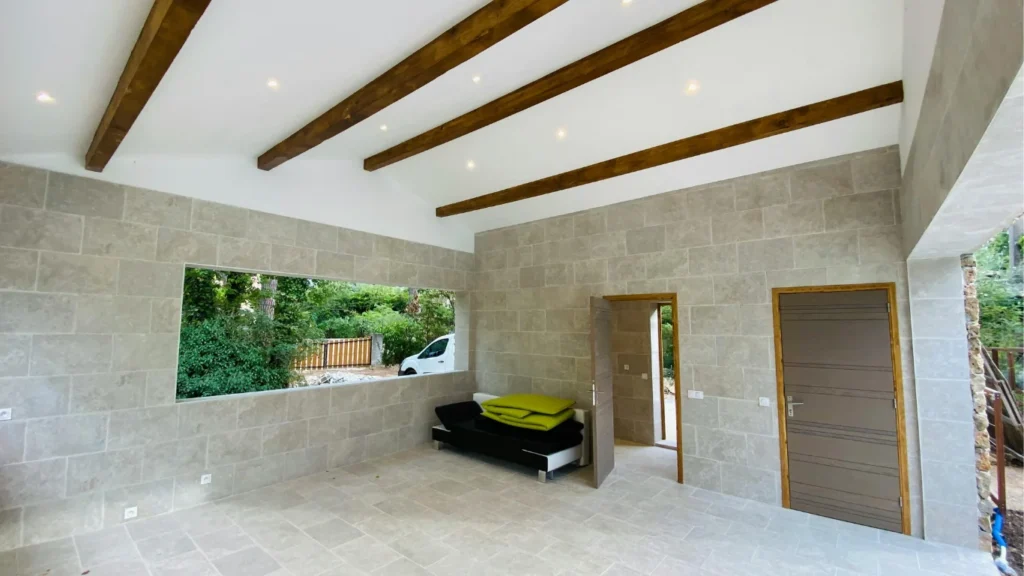
Bathrooms benefit from walk-in showers, double vanities, and modern tiling. Kitchens, on the other hand, can be transformed with open layouts, smart storage, and contemporary designs. Investing in these spaces ensures maximum return on investment.
Interior Design and Finishing Touches
Once the structural and functional elements are complete, it’s time to focus on interior design. This includes painting, lighting, furniture, and decorative accessories. Design choices should reflect your personality while maintaining balance and functionality.
Finishing touches, such as artwork, rugs, and plants, add warmth and character to your home. The right combination of colors and textures creates a cohesive, inviting atmosphere. These details complete your question of how to start home renovations homenumental, making your space truly feel like home.
Energy Efficiency and Sustainability
Modern renovations increasingly focus on sustainability and energy efficiency. Homeowners are adopting eco-friendly practices like solar panels, energy-efficient windows, and insulation improvements. These upgrades reduce energy bills and minimize environmental impact.
Using sustainable materials like reclaimed wood, bamboo, or recycled tiles adds both style and responsibility. Incorporating smart home technology, such as automated thermostats, further improves efficiency. Sustainable renovations not only benefit the planet but also enhance long-term savings.
Landscaping and Outdoor Improvements
Home renovations don’t stop at the interior. Improving outdoor spaces through landscaping, patios, or decks enhances curb appeal and creates additional living areas. A well-designed garden or outdoor kitchen can serve as a retreat for relaxation and entertainment.
Fencing, walkways, and exterior lighting also improve security and aesthetics. Outdoor renovations often provide a high return on investment by boosting property value and attracting potential buyers. The exterior sets the first impression of your home.
Staying Organized During Renovations
Renovations can become overwhelming without proper organization. Keeping detailed records of contracts, receipts, and schedules ensures that everything stays on track. Regular communication with contractors helps avoid misunderstandings like how to start home renovations homenumental and delays.
Creating a project timeline with milestones allows you to track progress effectively. Digital tools and apps can also help you manage tasks, budgets and schedules efficiently for help in how to start home renovations homenumental. Organization is the backbone of a successful renovation.
Common Mistakes to Avoid
Many homeowners make mistakes that cost time and money during how to start home renovations homenumental. One common error is underestimating the budget and failing to account for unexpected expenses. Another is choosing cheap materials that compromise long-term durability.
Poor planning and hiring unqualified professionals also lead to disappointing outcomes. By learning from others’ mistakes, you can avoid setbacks and enjoy a smoother renovation process. Careful preparation ensures better results.
Maintaining Your Renovated Home
Once renovations are complete, maintenance is key to preserving the improvements. Regular cleaning, inspections, and minor repairs prevent small issues from escalating into major problems. Proper care ensures that your investment remains valuable for years.
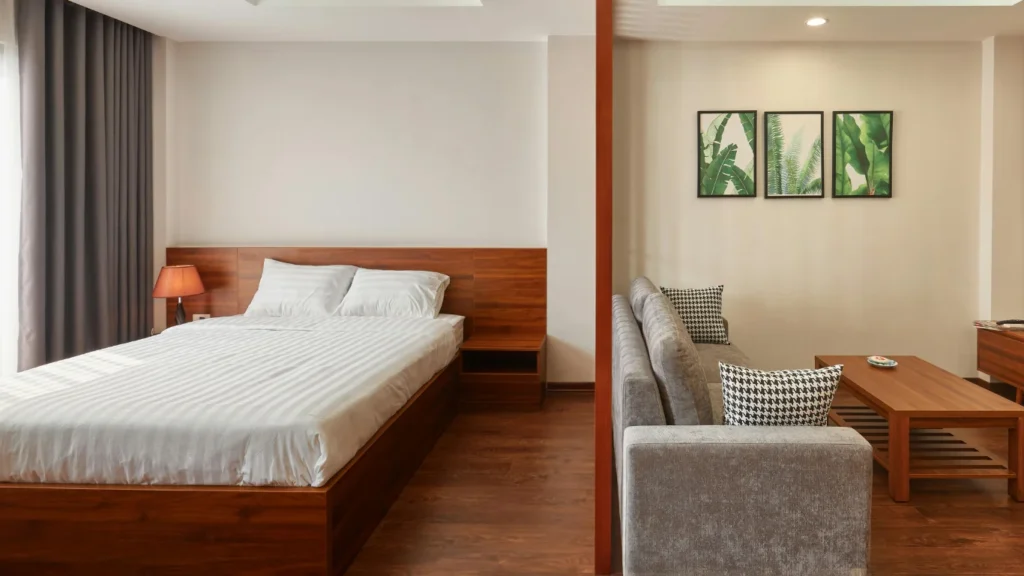
Seasonal maintenance tasks, such as gutter cleaning and HVAC servicing, also prolong the life of your upgrades. By creating a maintenance routine, you protect both functionality and appearance. A well-maintained home provides long-term comfort and pride.
Final Thoughts
How to start home renovations homenumental is a rewarding journey that requires careful planning, budgeting, and execution. Understanding how to start home renovations homenumental means breaking the process into manageable steps and addressing both functional and aesthetic needs. When done correctly, renovations enhance your lifestyle and property value.
By setting clear goals, hiring qualified professionals, and staying organized, you’ll transform your home into a modern, comfortable, and personalized space. Remember, patience and preparation are the keys to a successful renovation. Your dream home is closer than you think.
FAQs
Q1: What is the first step in starting a home renovation?
The first step is to define your goals and purpose for the renovation. Once clear, create a budget and outline a project plan to stay organized.
How much should I budget for unexpected renovation costs?
Experts suggest setting aside 10–15% of your total budget. This reserve helps cover surprises like hidden water damage or electrical issues.
Do I need permits for all types of home renovations?
Not every renovation requires a permit, but structural changes, plumbing, and electrical work usually do. Always check with your local municipality first.
How long do home renovations typically take?
The duration depends on project size and complexity. Minor updates may take weeks, while full renovations can last several months.
What areas of the home add the most value when renovated?
Kitchens and bathrooms generally provide the highest return on investment. Exterior improvements like landscaping also significantly boost value.
Should I hire professionals or attempt DIY renovations?
DIY works for small cosmetic updates, but structural or technical projects require licensed professionals. Hiring experts ensures safety and quality.
How do I maintain my home after renovations?
Regular cleaning, inspections, and seasonal maintenance help preserve your improvements. Creating a schedule keeps your home in top condition.


